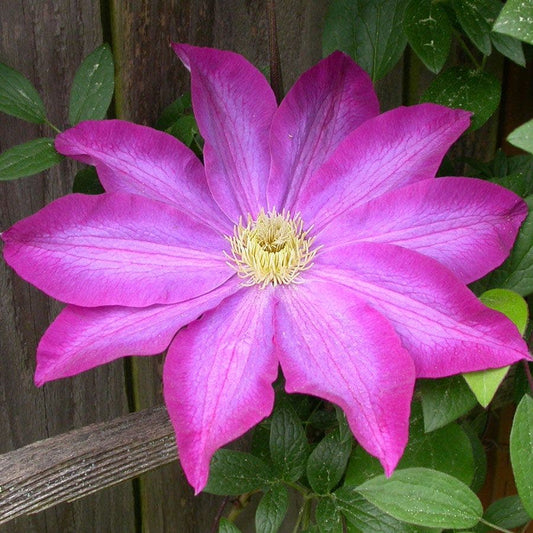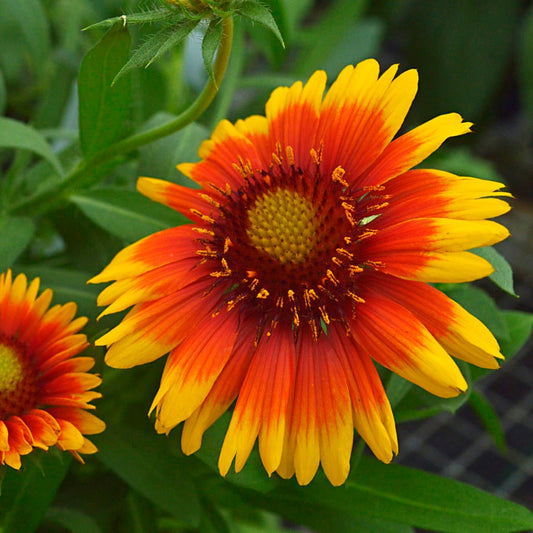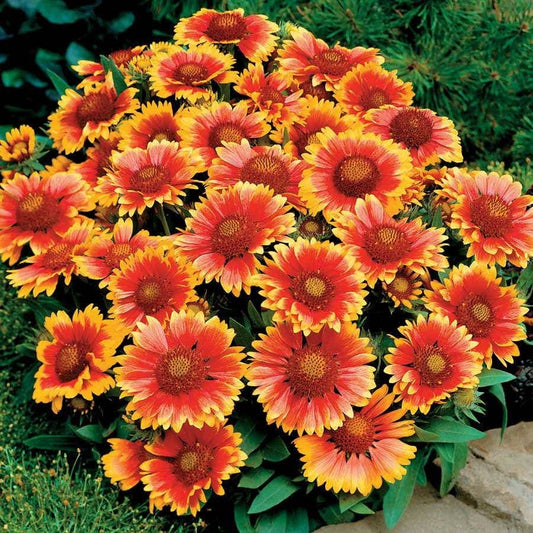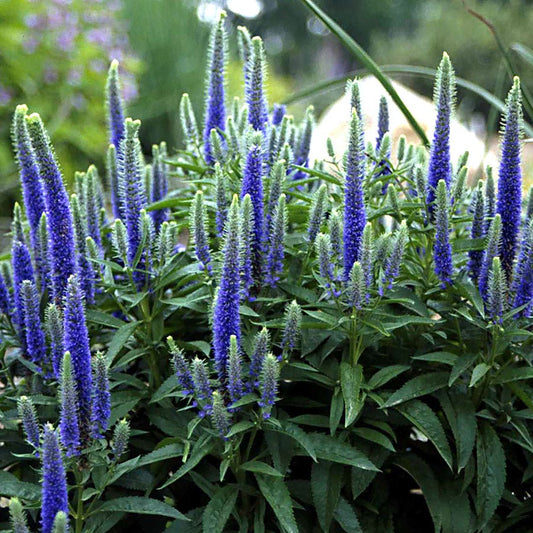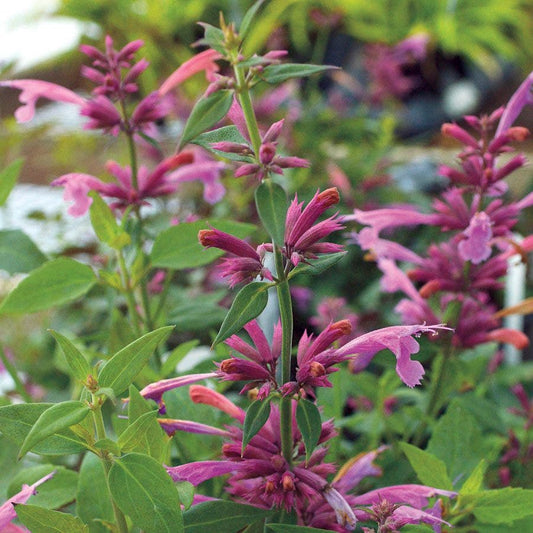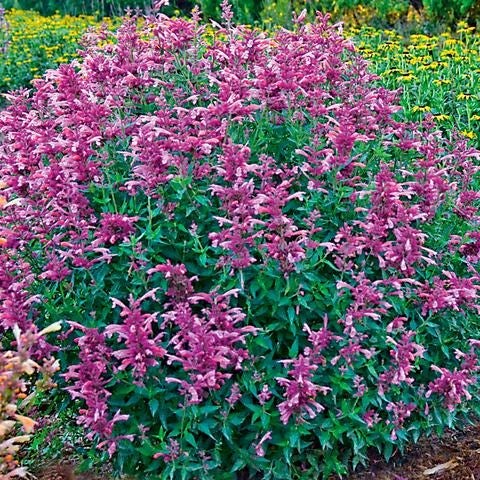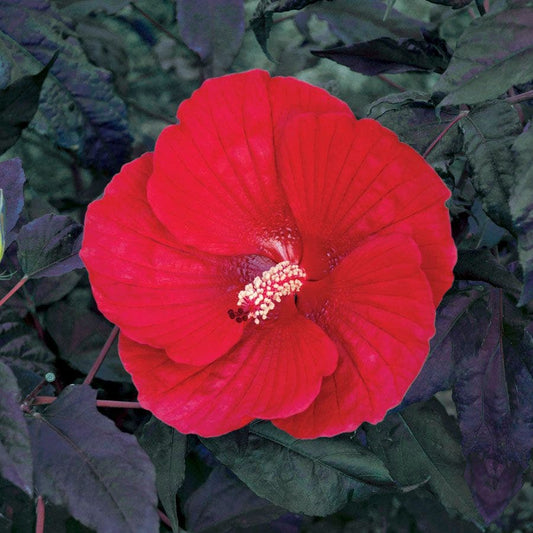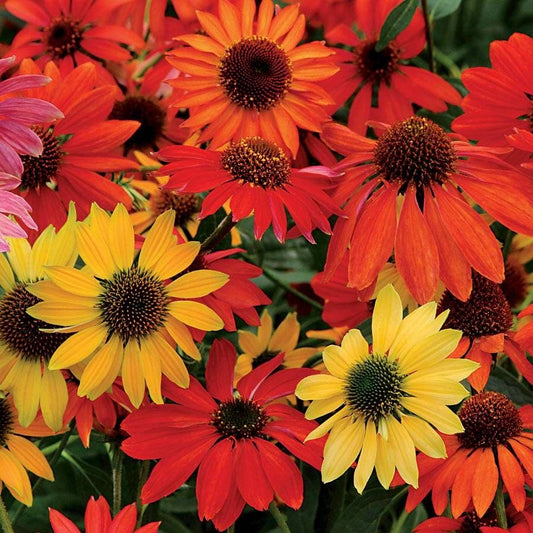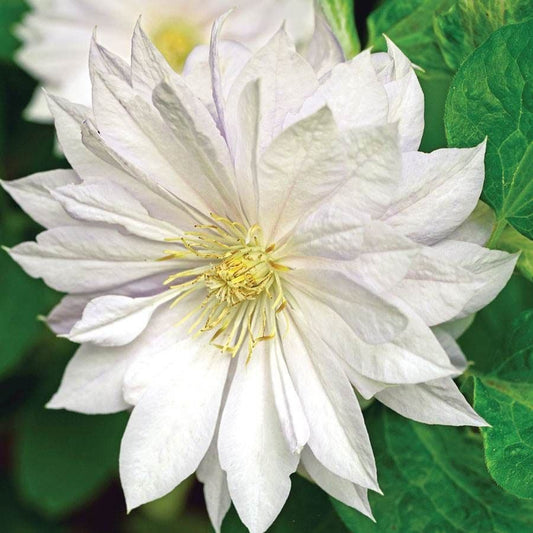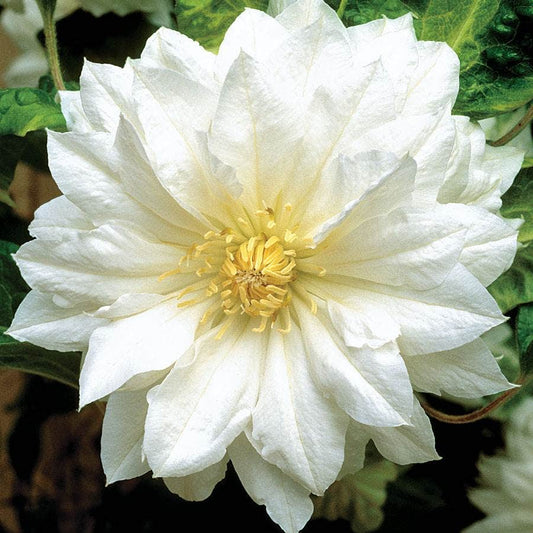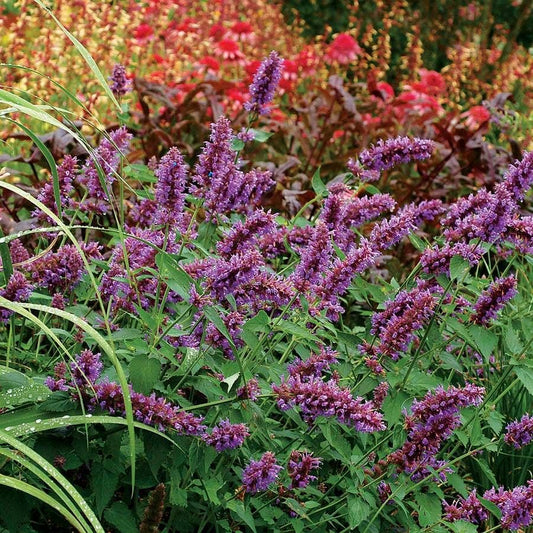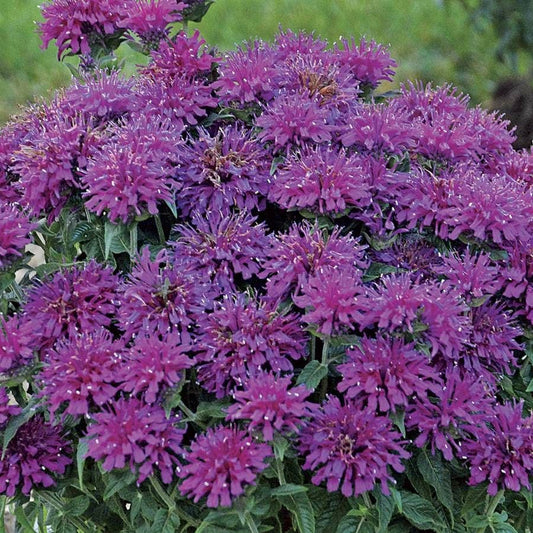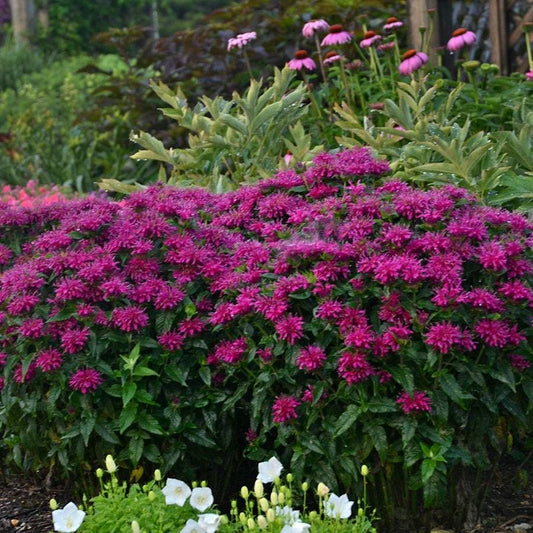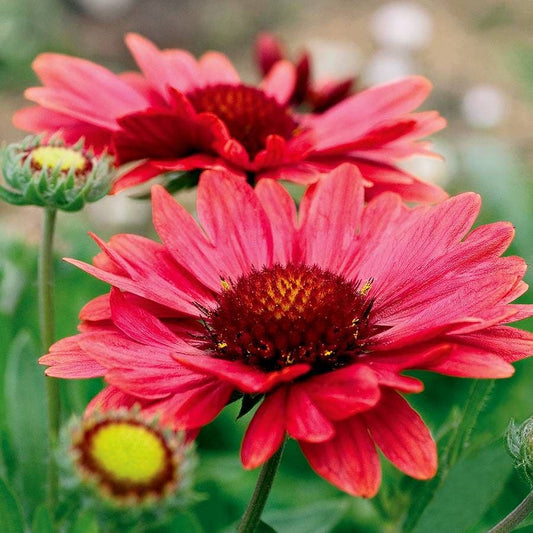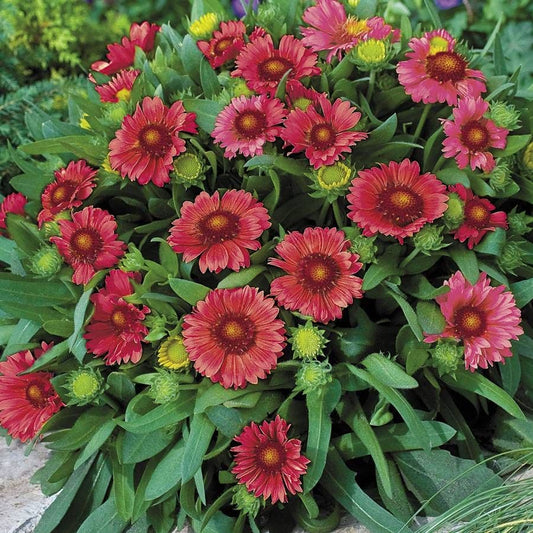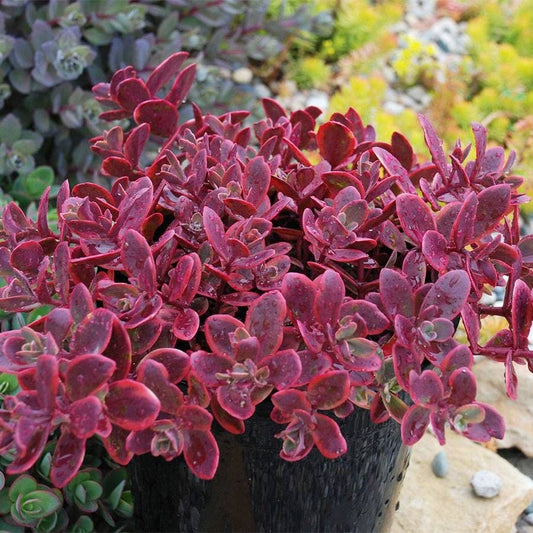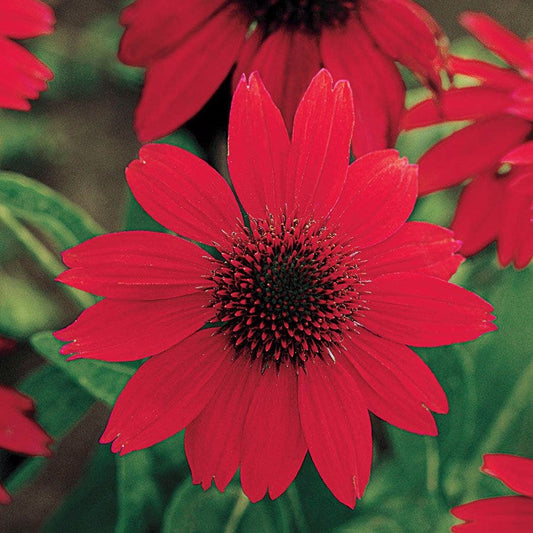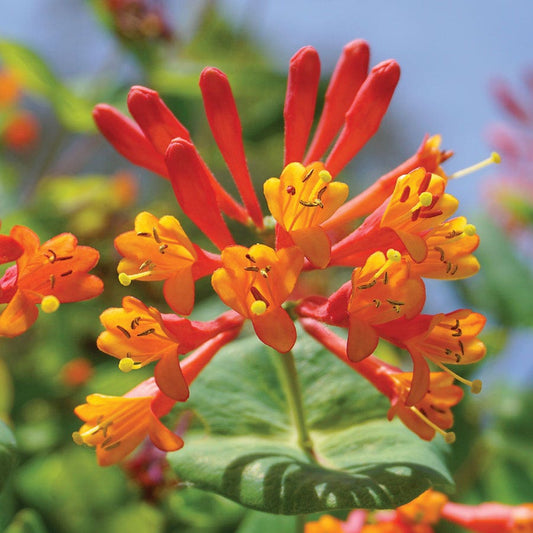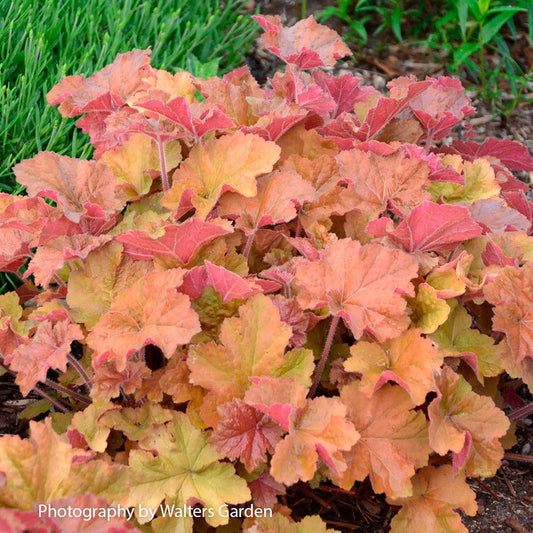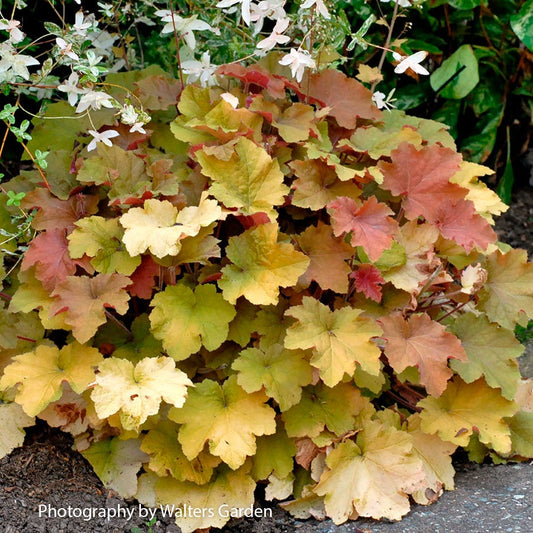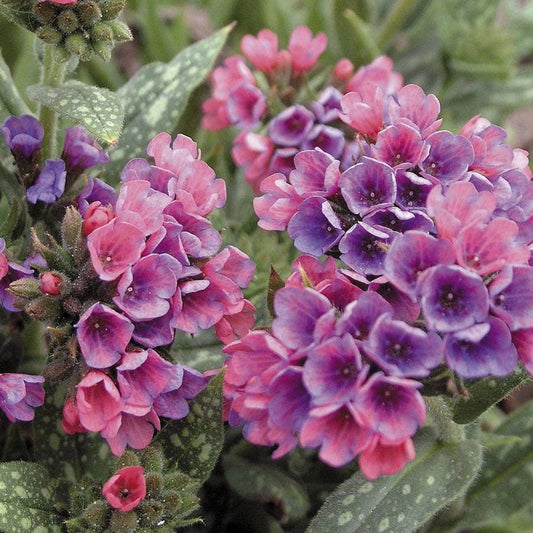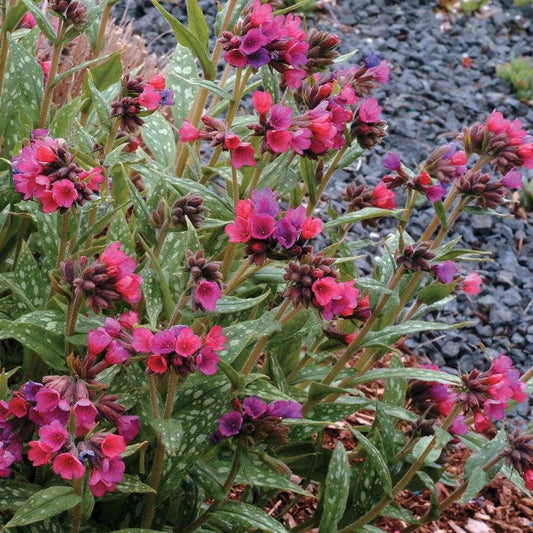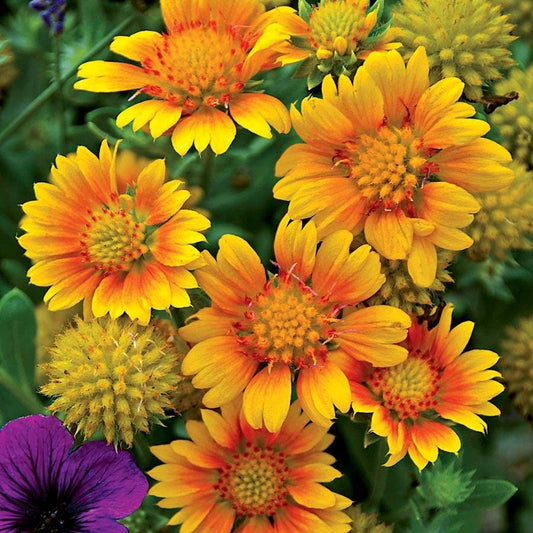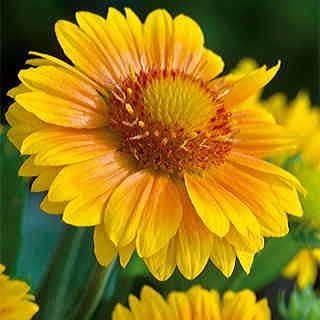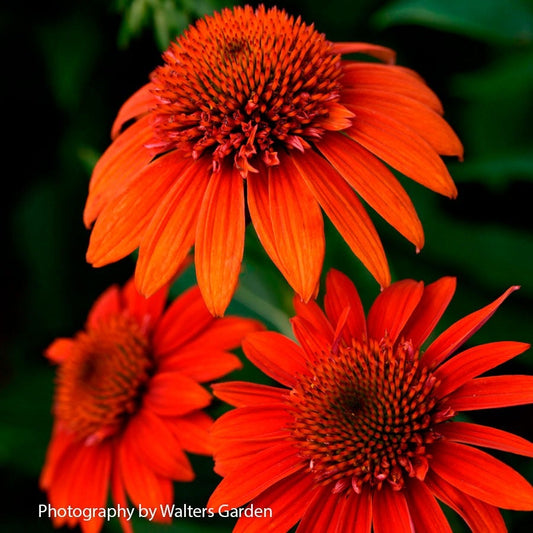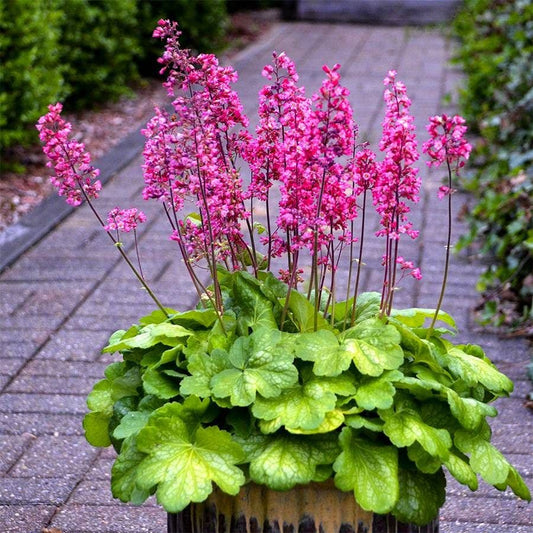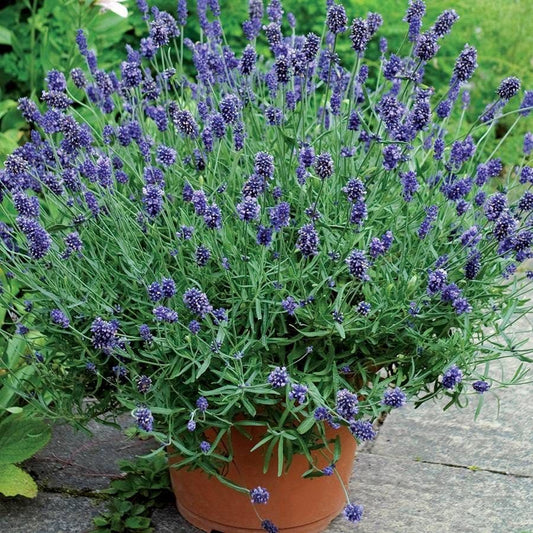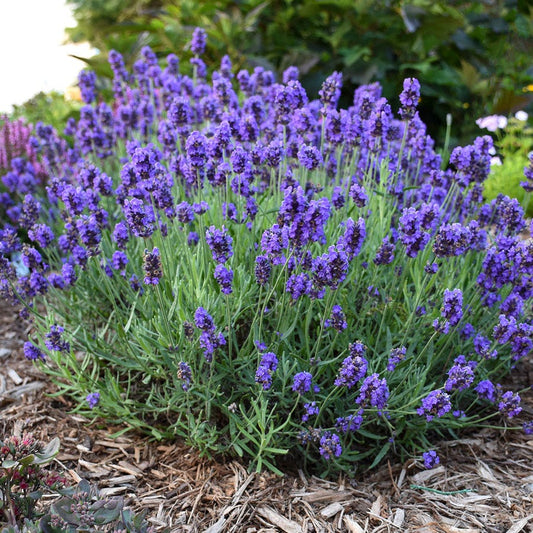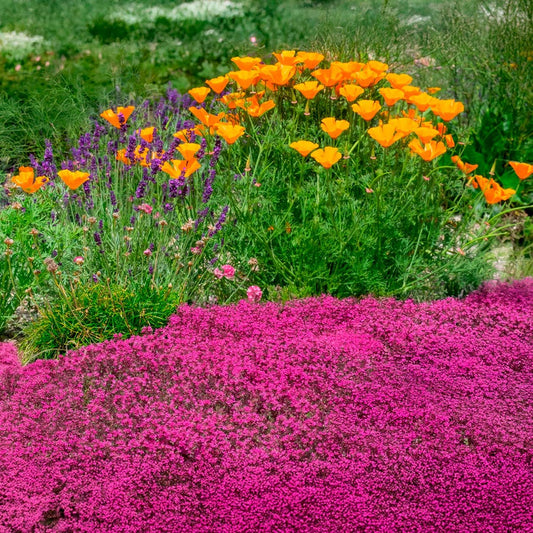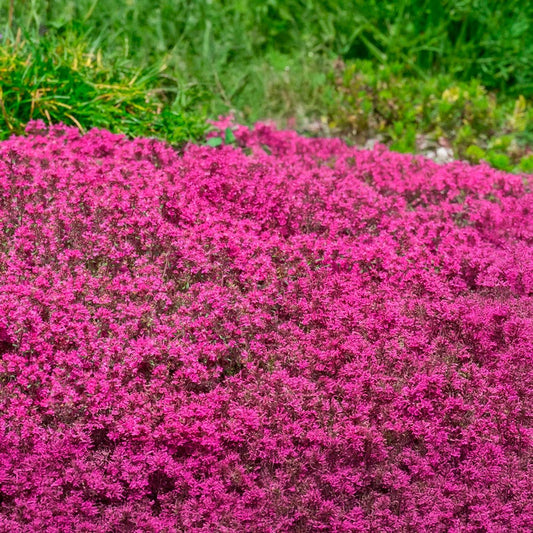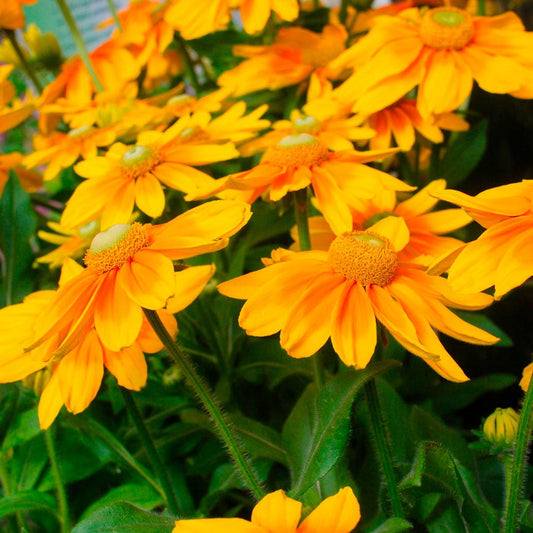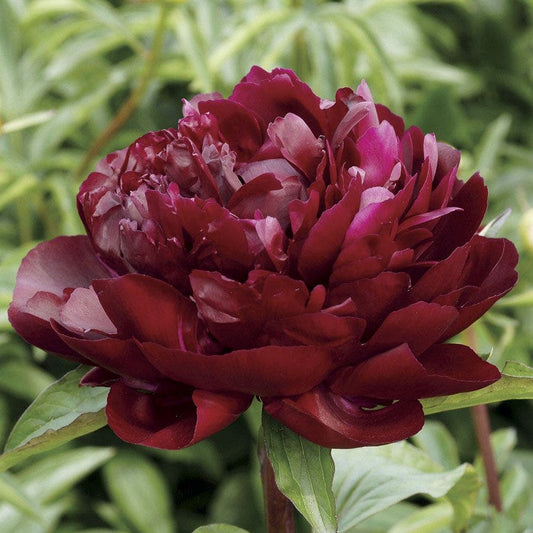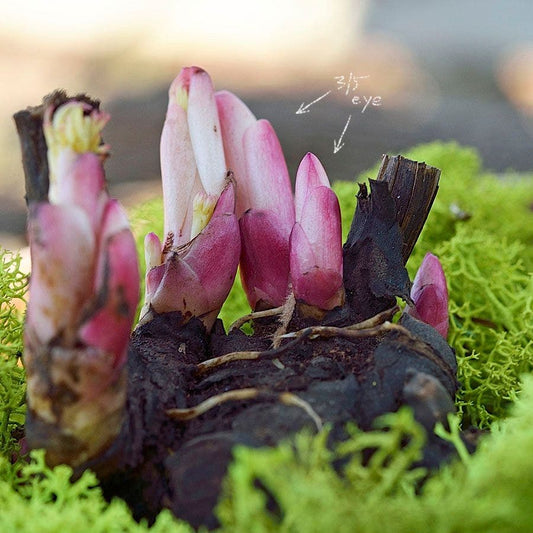Perennial Plants
Perennials are the evergreen stars of your garden, coming back year after year, adding color, texture, and beauty with minimal maintenance. Wayside Gardens’ perennials offer a sustainable choice that enhance soil health, support pollinators, and provide lasting joy to any garden enthusiast.
-
Clematis 'Taiga'
Regular price $26.95Regular priceUnit price per$26.95Sale price $26.95 -
Clematis 'Kakio' Pink Champagne
Regular price $25.95Regular priceUnit price per$25.95Sale price $25.95 -
Gaillardia 'Arizona Sun'
Regular price $13.95Regular priceUnit price per$13.95Sale price $13.95 -
Veronica Royal Candles Speedwell
Regular price $17.95Regular priceUnit price per$17.95Sale price $17.95 -
Agastache 'Rosie Posie' Hyssop
Regular price $9.95Regular priceUnit price per$9.95Sale price $9.95 -
Hibiscus 'Midnight Marvel' Rose Mallow
Regular price From $18.95Regular priceUnit price per$18.95Sale price From $18.95 -
'Cheyenne Spirit' Echinacea Mix
Regular price $18.95Regular priceUnit price per$18.95Sale price $18.95 -
Clematis 'Duchess of Edinburgh' White Clematis
Regular price $24.95Regular priceUnit price per$24.95Sale price $24.95 -
Agastache 'Blue Boa' Hyssop
Regular price $19.95Regular priceUnit price per$19.95Sale price $19.95 -
Monarda Sugar Buzz® 'Grape Gumball'
Regular price $17.95Regular priceUnit price per$17.95Sale price $17.95 -
Gaillardia 'Arizona Red Shades'
Regular price $13.95Regular priceUnit price per$13.95Sale price $13.95 -
Sedum SunSparkler® 'Wildfire' Stonecrop
Regular price $19.95Regular priceUnit price per$19.95Sale price $19.95 -
Echinacea Sombrero® Salsa Red
Regular price $19.95Regular priceUnit price per$19.95Sale price $19.95 -
Lonicera 'Mandarin' Honeysuckle
Regular price $22.95Regular priceUnit price per$22.95Sale price $22.95 -
Heuchera 'Caramel' Coral Bells
Regular price $22.95Regular priceUnit price per$22.95Sale price $22.95 -
Pulmonaria 'Raspberry Splash' Lungwort
Regular price $22.95Regular priceUnit price per$22.95Sale price $22.95 -
Gaillardia 'Arizona Apricot'
Regular price $13.95Regular priceUnit price per$13.95Sale price $13.95 -
Echinacea Sombrero® Fiesta Orange Coneflower
Regular price $22.95Regular priceUnit price per$22.95Sale price $22.95 -
Heuchera 'Timeless Glow'
Regular price $18.95Regular priceUnit price per$18.95Sale price $18.95 -
Lavandula Sweet Romance®
Regular price $19.95Regular priceUnit price per$19.95Sale price $19.95 -
Thymus 'Coccineus' Red Creeping Thyme Lawn
Regular price $11.95Regular priceUnit price per$11.95Sale price $11.95 -
Rudbeckia 'Prairie Sun' Black-Eyed Susan
Regular price $18.95Regular priceUnit price per$18.95Sale price $18.95 -
Paeonia 'Armani'
Regular price $30.95Regular priceUnit price per$30.95Sale price $30.95 -
Clematis 'Jackmanii'
Regular price From $24.95Regular priceUnit price per$24.95Sale price From $24.95
Perennial Plants
Brighten your Garden with our Perennial Flowers
The right combination of perennial flowers, vines, trees and shrubs, and ornamental grasses will make your garden and landscape the envy of the neighborhood. From climbing roses to groundcovers, perennial plants are as varied as the gardeners who plant them.
A Wide Selection of Perennial Plants
When you select high-quality perennials from Wayside Gardens, you will plant with the confidence that only 100 years of sowing and growing experience can deliver. We have hundreds of rainbow of colors and various shapes and sizes. Shopping for perennials has never been so easy. Filter your selections by type, customer favorites, signature series, sun, or shade – or simply click your favorite image.
Learn More About Seasons, Sun and Shade, and More
Find detailed information about planting and growing to maximize your gardening success. First, verify your growing zone, then, as you shop, confirm that your selections are specially conditioned to grow in your area. Plan the ideal locations in your landscape. Be sure to consider height and spread.
Perennials FAQs
What are perennials?
A perennial is a plant that lives at least two years and regrows in the spring. A perennial plant is a fantastic addition to any garden since it will provide lasting beauty and is low maintenance.
When do perennials bloom?
Perennial bloom time depends on the species and could be early spring, late spring, early summer, late summer, or fall. For information on perennial care, see our plant care library.
Do perennials come back every year?
Yes, perennials come back every year. As long as you plant in the correct zone and take proper care of your plants, they will continue returning after winter to revive your garden.
What's the difference between perennials and annuals?
Perennials return year after year, with the above-ground portion of the re-growing every spring. Annuals grow for one season, often lasting into the fall, then die when the freezing temperatures of winter arrive.


